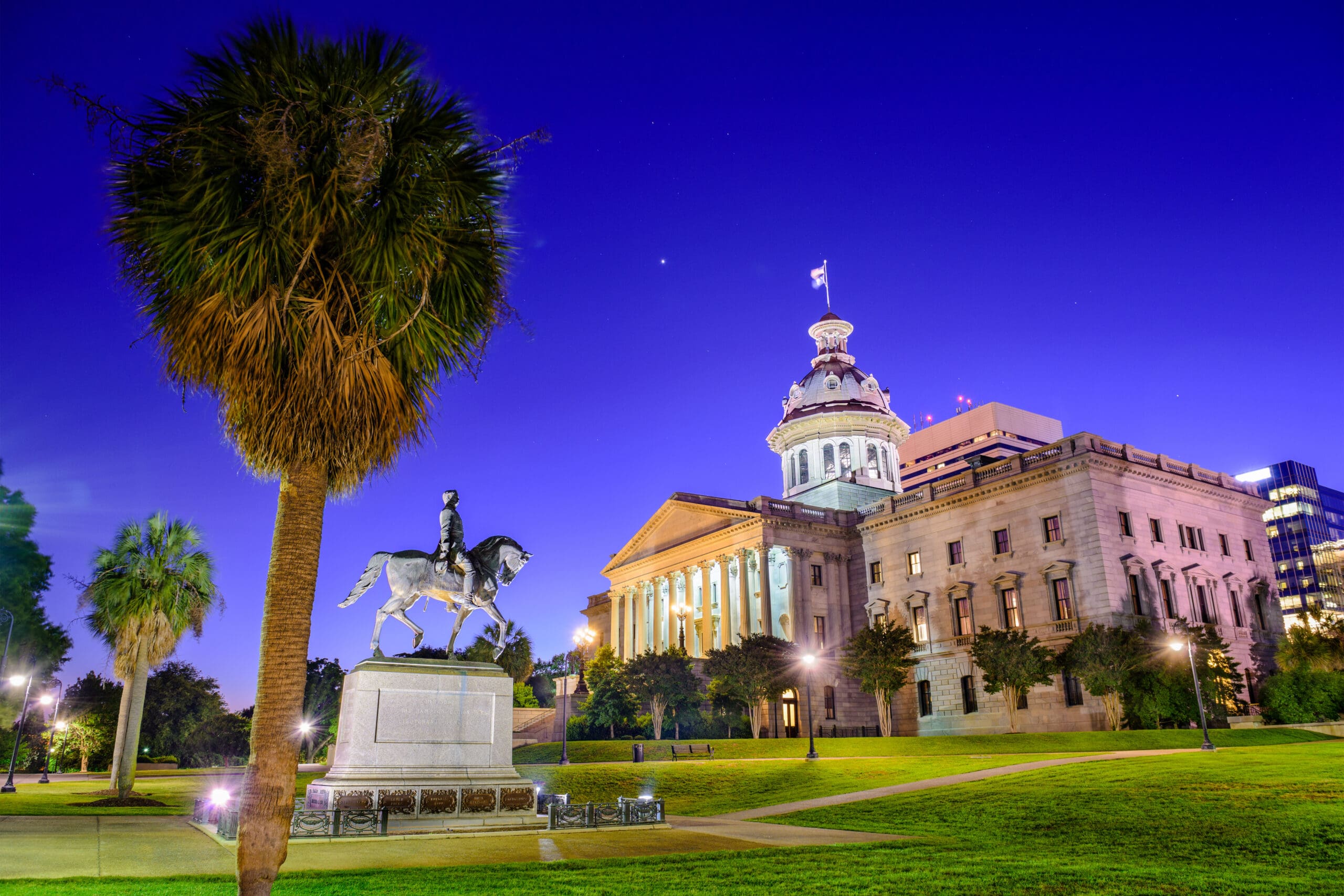South Carolina Flat Income Tax Option
South Caroline lawmakers recognize the need to taxA Tax is a mandatory payment collected by local, State, and National governments from individuals and businesses in order to cover the cost of general government goods, services, and activities.
reform will boost the competitiveness of the state and benefit taxpayers. The Palmetto State is now joining the flat tax revolution. A group of legislators, led by Governor Henry McMaster (R), are working together. In recent years, South Carolinians saw
individual taxAn individual tax (or personal tax) is imposed on the wages or salaries an individual or household earns. The U.S. has a progressive income-tax system where rates increase as income increases. The Federal Income Tax was created in 1913, with the ratification 16th Amendment. Individual income taxes, which are only 100 years old but are the biggest source of tax revenue for the United States, have been around since 1913.
brackets and rates are reduced. In 2022, the legislator reduced the top marginal tax rate to 6.5 per cent and called for further decreases, subjected to revenue triggers. (The current top marginal tax rate is 6.2 per cent). This has helped South Carolina become the highest recipient of in-migration relative to population, gaining nearly 33,000 additional income tax filers in the most recent year for which data are available (2022).Through H.4216, lawmakers are seeking a 3.99 percent flat individual income tax with revenue triggers for further reductions to 2.49 percent. The plan also decouples the federal
standard tax deduction. The standard deduction reduces the taxpayer’s taxable earnings by a fixed amount determined by government. The 2017 Tax Cuts and Jobs Act, also known as TCJA, nearly doubled the standard deduction for all taxpayers.
Taxable income is the income that is subject to tax after deductions and exemptions. Taxable income is different from gross income for both individuals and corporations.
.A flat tax of 3.99 percent is an aggressive reduction, but it’s feasible due to recent General Fund surpluses. The state’s lowest income residents will pay more taxes because of the less generous deduction combined with the rate that is applied to all income. This is a non-neutral, unsound tax policy. Tax rates increase as income increases. This is a disincentive to wealth creation and productivity, which lawmakers are trying to remove with the flattax. An income tax is called a “flattax” when it is applied to all taxable income regardless of income or assets.
. But substantially raising taxes on lower earners–even if their tax burdens would still be highly competitive in comparison to many other states–is a non-starter.
A 2023 study conducted by the state’s Revenue and Fiscal Affairs Office found that only 10 percent of tax returns accounted for 63 percent of revenue, with 44 percent paying nothing. South Carolina lawmakers should take advantage of the state’s strong financial position to offer income tax relief to residents and broaden their base. Under a lower-rate flat tax, higher-income residents will inevitably pay less, but lower-income taxpayers should not pay disproportionately more of their income in taxes to provide this relief.
Fortunately, lawmakers have options. In 2018, we published several options to make South Carolina’s income tax code more competitive. Some of the options included a flat income tax between 4.75 percent and 5.2 percent. Our recommendations included retaining the standard deduction of $12,000 for single filers and double that for married couples, as well as personal exemptions, while eliminating other income tax credit and freezing earned income tax credits. A tax credit is a provision which reduces a tax payer’s final tax bill dollar-for-dollar. A tax credit is different from exemptions and deductions, which reduce the taxpayer’s final tax bill by reducing taxable income.
This reform will protect the lowest-income earners while broadening the base to ensure that the wealthiest are not overburdened. Reforms of this nature help protect the lowest-income earners, while broadening the base to ensure that the wealthiest are not overly burdened.Lawmakers should pair the above with well-designed triggers that would reduce the rate permanently when revenue targets are met. This would allow officials to closely monitor revenue impacts and ensure stability for the state and local coffers. First, they are simple–both for taxpayers and administrators–and remove the need to annually adjust multiple brackets for
inflationInflation is when the general price of goods and services increases across the economy, reducing the purchasing power of a currency and the value of certain assets. The same paycheck will cover less goods, bills, and services. It is sometimes called a “hidden” tax, as it makes taxpayers less wealthy due to increased costs and “bracket-creep”, while increasing government spending power.
. A flat tax also makes it easier to project revenue. For these and other reasons, lawmakers are correct to enact an individual income tax with a single rate. However, lawmakers should consider the full effects of the reform, ensuring that relief is not financed by shifting the tax burden to lower-income individuals and families.Stay informed on the tax policies impacting you.Subscribe to get insights from our trusted experts delivered straight to your inbox.
Subscribe to our Newsletter
Share this articleTwitterLinkedIn






